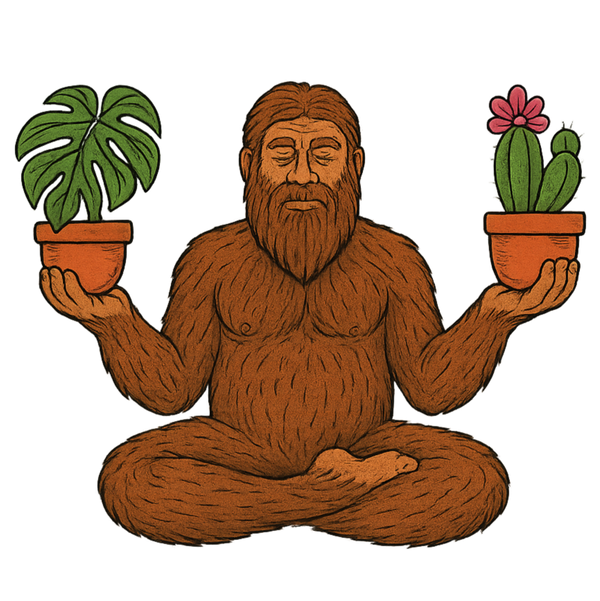Maranta leuconeura 'fascinator'
Maranta leuconeura 'fascinator'
Couldn't load pickup availability
Due to the high stock levels of this plant, you most likely will not receive the plant pictured. We do promise to hand-select plants of equal or better quality for your order.
Scientific Name: Maranta Leuconeura
Varieties: (list only includes most popular marantas kept indoors)
- ‘Kerchoveana’ a.k.a. Rabbit’s Foot or Green Prayer Plant – most common variety; the leaves of this maranta plant are green-grey with darker green markings on both sides of the central vein; the undersides of the leaves are silvery green
- ‘Erythroneura’ a.k.a. Red Prayer Plant – glossy dark-green leaves with pronounced red-colored veins in the leaves; reddish-purple leaf undersides
- ‘Leuconeura’ a.k.a. Black Prayer Plant – large striking dark green oval leaves with thin pink veins extending from the center; the underside leaves are reddish-purple
- ‘Marisela’ – red-pink and white leaves with hints of green
- ‘Kim’ – cream-colored herringbone-like patterns; the beautiful foliage is in various shades of light and dark green
Origin: Brazil
Light: Not picky about where they are placed but as long as they are not exposed to direct sunlight. Bright – but indirect – light is best, and when in doubt, remember that prayer plants can survive just fine in areas of lower light.
Water: Water your Maranta plant enough so that the soil is always slightly damp. To know when to water your prayer plant, touch the top layer of soil. If it is dry, water it thoroughly.
Soil: Does fine with regular potting soil
Temperature: 18°C – 24ºC
Fertilizer: Twice a month during growing season. Flush the soil a few times per year to avoid buildup.
Humidity: Prayer plants require high humidity levels similar to their native rainforest environment. Mist prayer plants regularly (up to once a day), use a humidifier or sit them on a pebble tray with water to help increase humidity.
Pruning: Prune your prayer plant by cutting just above leaf nodes using a pair of sterilized garden scissors. Pruning two or three times a year (best times are in fall and spring) helps to encourage bushy growth. Pruning a prayer plant also helps to remove any leggy stems or dead leaves.
Re-Potting: Prayer plants are slow-growing plants and don’t require repotting very often. A sign you need to repot your prayer plant is a lack of growth. All you need to do is transfer your plant to a pot 5 cm wider than its current container. Add some fresh potting mix.
Propagation: Propagate your prayer plant in the spring by cutting off healthy stems just below the last node at the base. Remove the first pair of leaves from the bottom. Put in a pot containing potting soil and perlite. Place in a bright location and cover with plastic that has some holes in it.
Diseases and Pests: Leaf spot, also known as helminthosporium leaf spot, is one of the most common diseases to afflict prayer plants. This disease can be deadly if not treated quickly. It is caused by overwatering and can be slowed by adjusting your rate of watering. You’ll know your plant has leaf spot if you notice that water-soaked spots are appearing all over your plant’s leaves. These yellow spots spread quickly, eventually looking tan in appearance. They may also have small yellow halos.
Pests that can affect maranta plants include aphids, spider mites, and mealybugs. Proper care usually helps to keep diseases such as fungal diseases and leafspot to a minimum. Not over-watering your plant and regular misting helps to keep roots healthy and spider mites away
Toxicity: The Maranta Leuconeura is not poisonous to humans, cats, or dogs.
Information Collected from: https://leafy-life.com
Share








